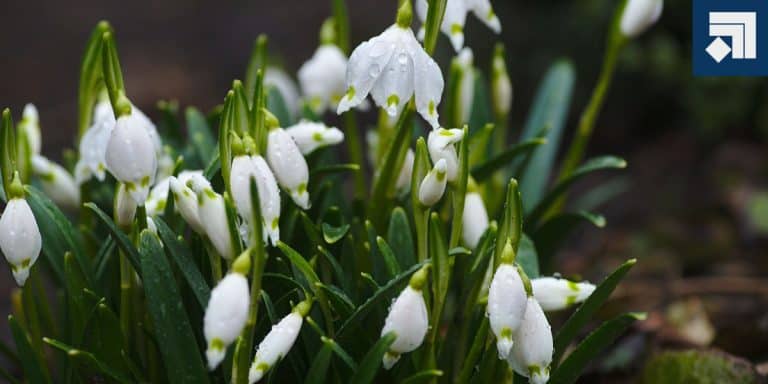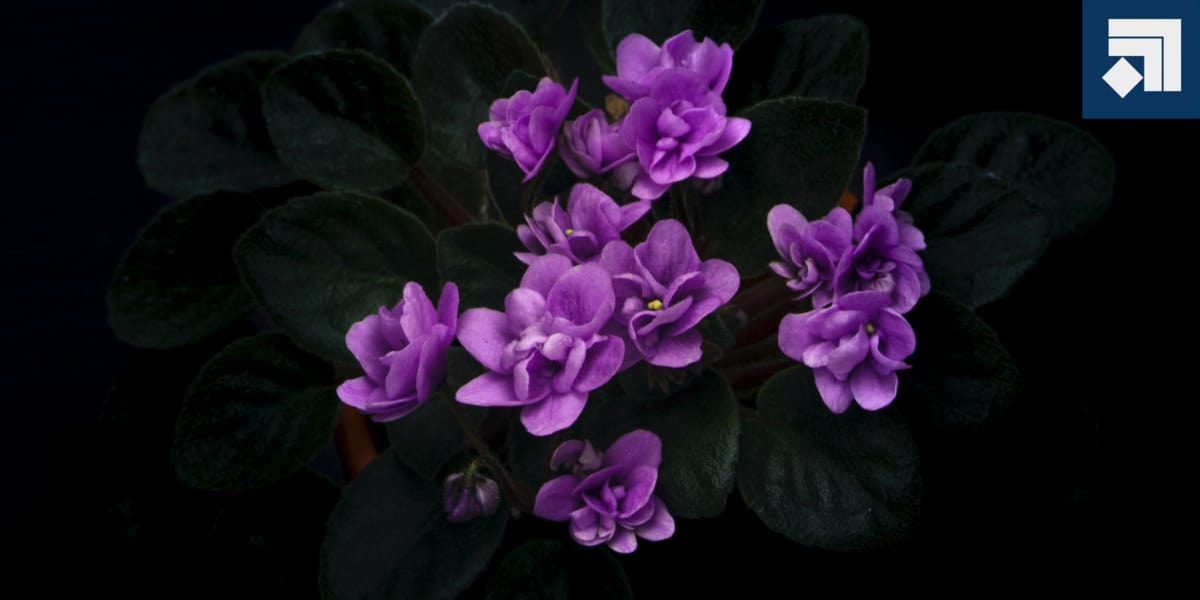Embracing the charm of raised beds in your garden opens up a world of creative possibilities, especially when it comes to flowers. These elevated planters offer a perfect canvas for a stunning array of blossoms that can turn your outdoor space into a living masterpiece. From cascading petunias to elegant lavender, this article will guide you through selecting the most enchanting flowers for raised beds.
Raised beds are more than just functional garden elements – they’re an opportunity to infuse your green space with color, fragrance, and vitality. As you discover the diversity of flowers that thrive in raised beds, you’ll uncover the secrets to creating a truly captivating garden oasis.
TL;DR: Explore the vibrant world of flowers suitable for raised beds, from charming marigolds to elegant lavender. Discover how these blooms can transform your garden into a blooming paradise.
The Magic of Raised Bed Flowers
Raised beds offer a unique opportunity to curate your garden’s aesthetic while optimizing growing conditions for your plants. Flowers in raised beds bring the following advantages:
- Better Drainage: Raised beds facilitate improved drainage, preventing waterlogged soil that can harm plant roots.
- Soil Control: You have better control over soil quality, ensuring optimal nutrition for your flowers.
- Reduced Weeding: Elevated planters often have fewer weed problems, creating a cleaner and neater garden.
Selecting the Perfect Flowers
When choosing flowers for your raised beds, consider various factors to ensure their success:
- Sunlight: Determine whether your raised bed receives full sun, partial sun, or shade.
- Soil Type: Assess your soil’s composition and pH to match it with flowers that thrive in those conditions.
- Plant Height: Opt for flowers with growth habits that complement each other, creating a visually appealing arrangement.
Popular Choices for Raised Bed Flowers
Raised beds offer numerous benefits, such as improved drainage, better soil control, and easier access for maintenance. Let’s delve into the delightful world of flowers that flourish in raised beds:
- Roses: Roses are classic choices for raised beds. They appreciate the well-draining soil and the added protection against waterlogging that raised beds offer.
- Lavender: This fragrant herb loves the excellent drainage provided by raised beds. Lavender’s silvery foliage and aromatic blossoms can be a wonderful addition.
- Daffodils: These early spring bloomers provide a burst of color. Planting them in raised beds ensures good drainage during their dormancy.
- Tulips: Similar to daffodils, tulips prefer well-draining soil. Raised beds also help showcase their vibrant and diverse colors.
- Salvia: With its tall spikes of vibrant flowers, salvia can be a striking addition to raised beds. They are generally low-maintenance and attract pollinators.
- Zinnias: These annual flowers come in a wide range of colors and sizes. Raised beds give zinnias a good start by providing optimal soil conditions.
- Snapdragons: Their vertical growth and colorful spikes make snapdragons excellent candidates for raised beds. They add height and texture to your flower arrangement.
- Peonies: These gorgeous, large-blossomed perennials thrive in well-drained soil. Raised beds can help prevent waterlogged roots.
- Marigolds: Marigolds are hardy, pest-resistant annuals that can bring a burst of color to your raised beds throughout the growing season.
- Coneflowers (Echinacea): These tough, drought-tolerant perennials attract butterflies and bees. Raised beds provide the drainage they need to thrive.
- Geraniums: Both annual and perennial geraniums offer colorful blooms and attractive foliage. They appreciate the controlled environment of raised beds.
- Dahlias: These stunning blooms come in various shapes and colors. Raised beds allow you to easily amend the soil to meet their specific needs.
Remember, the success of your raised bed flower garden also depends on factors like your local climate, sunlight availability, and soil type. Choose flowers that are well-suited to these conditions for the best results.
4. Designing with Color
Create captivating visuals by considering color combinations in your raised beds:
- Monochromatic: Use different shades of a single color for a harmonious and soothing effect.
- Complementary: Combine colors opposite each other on the color wheel, like purple and yellow, for striking contrast.
- Analogous: Choose colors adjacent to each other on the color wheel, such as blue and purple, for a pleasing blend.
5. Caring for Your Raised Bed Flowers
While flowers in raised beds offer several benefits, they still require proper care:
- Soil Preparation: Even though raised beds offer better drainage, it’s still important to start with good soil. Mix in compost and other organic matter to provide nutrients and improve soil structure.
- Watering: Raised beds can dry out faster than traditional gardens, so consistent watering is crucial. Water deeply and regularly to keep the soil consistently moist, especially during dry spells. Consider using a drip irrigation system for efficient watering.
- Mulching: Apply a layer of organic mulch like straw, wood chips, or shredded leaves around your flowers. Mulch helps retain soil moisture, suppresses weeds, and regulates soil temperature.
- Weeding: Keep an eye out for weeds, as they can compete with your flowers for nutrients and water. Regularly remove weeds to prevent them from taking over your raised beds.
- Fertilizing: Depending on the types of flowers you’re growing, you might need to fertilize periodically. Use a balanced, slow-release fertilizer or apply compost to replenish nutrients in the soil.
- Deadheading: Regularly remove spent flowers (deadheading) to encourage continuous blooming and prevent the plant from putting energy into producing seeds.
- Pruning: Some flowers benefit from pruning to encourage better growth and shape. Research the specific pruning requirements for the flowers you’re growing.
- Pest and Disease Management: Keep an eye out for pests and signs of disease. Early detection and intervention can help prevent issues from spreading. Use natural or chemical treatments as needed.
- Support: For tall or climbing flowers, provide adequate support to prevent them from toppling over. This is particularly important for flowers like roses and delphiniums.
- Seasonal Care: Different flowers have different seasonal needs. Be prepared to adjust your care routine as the seasons change, including winterizing your raised beds if necessary.
- Monitoring Sunlight: Ensure that your flowers are getting the appropriate amount of sunlight based on their requirements. Monitor how the sun’s angle changes throughout the year and adjust the placement of your raised beds if needed.
- Dividing and Transplanting: Some perennial flowers benefit from division every few years to rejuvenate their growth. Transplanting may also be necessary to control overcrowding.
- Mulch Renewal: Over time, mulch can break down and lose its effectiveness. Reapply mulch as needed to maintain its benefits.
Remember that each type of flower may have its unique care needs, so it’s essential to research and understand the specific requirements of the plants you’re growing in your raised beds. Regular observation and attentive care will contribute to a flourishing and beautiful raised bed flower garden.
6. Tips for Seasonal Transitions
Prepare your raised beds for changing seasons by considering these tips:
- Spring: Embrace early bloomers like tulips and daffodils for a burst of color.
- Summer: Opt for heat-tolerant flowers like zinnias and sunflowers to thrive in warmer temperatures.
- Fall: Incorporate asters and mums to extend the vibrancy of your raised beds.
7. Companion Planting and Pollinators
Enhance your raised bed’s health and productivity through companion planting:
- Complementary Partnerships: Pair flowers with herbs or vegetables that benefit from each other’s presence.
- Attracting Pollinators: Include bee-friendly flowers like coneflowers and cosmos to support pollination.
Conclusion
Tips From Experienced Gardener: 🌱
“Balance is key when designing your raised bed garden. Think about color, height, and bloom time to create a garden that’s not only beautiful but also well-coordinated.”
FAQs on Flowers for Raised Beds
Q: Can I plant vegetables alongside flowers in my raised beds? A: Absolutely! Some flowers, like marigolds, can deter pests that may harm your vegetables.
Q: Do I need to replace the soil in my raised beds every year? A: Not necessarily. Adding compost annually and rotating your flower selections can maintain soil fertility.
Q: How do I prevent overwatering my raised bed flowers? A: Use a moisture meter to gauge soil moisture levels, and water when the top inch of soil feels dry.
Elevate your gardening experience by selecting the right flowers for your raised beds. From the cheerful marigolds to the elegant geraniums, these blooms will transform your outdoor space into a haven of colors and scents. Whether you’re an experienced gardener or a beginner, the possibilities are endless when you embrace the beauty of raised bed flowers.
Fun Fact: Did you know that marigolds are not just pretty but can also be used to make herbal teas? 🌼🍵
In conclusion, the journey of creating a flourishing raised bed garden begins with the right flower choices. By understanding the unique advantages of raised beds and exploring various flower options, you can craft a garden that captivates the senses and brings nature’s beauty right to your doorstep. Happy gardening! 🌷🌸
Originally posted 2023-05-09 09:36:35.


